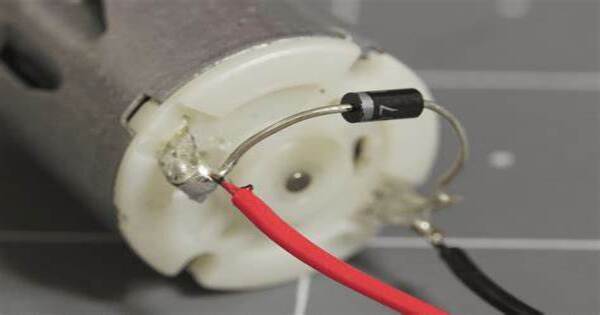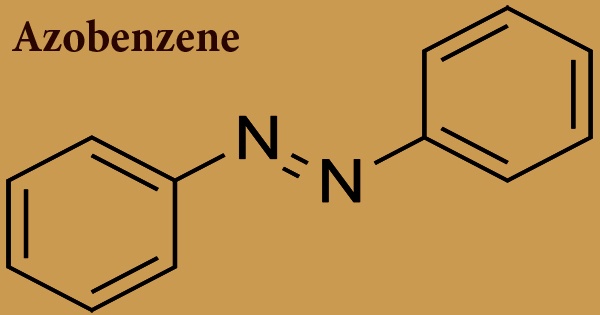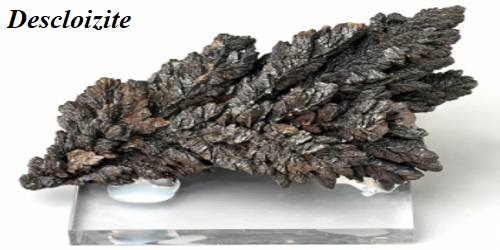A flyback diode, also known as a freewheeling diode or snubber diode, is a diode used in electrical circuits to provide a channel for current when the supply voltage is abruptly interrupted or turned off. Any diode linked across an inductor is used to eliminate flyback, which is the quick voltage spike seen across an inductive load when the supply current is abruptly lowered or interrupted. It is utilized in circuits with switches that regulate inductive loads, as well as switching power supply and inverters.
It is often employed in circuits with inductive loads, such as relays, motors, and solenoids, to guard against voltage spikes and reverse polarity. Flyback circuits have been used since 1930, and they were refined beginning in 1950 for use in television receivers. The term flyback refers to the horizontal movement of an electron beam in a cathode ray tube, as the beam flew back to begin the next horizontal line. This diode has numerous different names, including snubber diode, commutating diode, freewheeling diode, flywheel diode, suppressor diode, clamp diode, and catch diode.
Why Use a Flyback Diode?
- Inductive Load Protection: When an inductive load is switched off, it produces a voltage spike due to the collapsing magnetic field around it. This voltage spike can damage the switch or other components in the circuit.
- Preventing Reverse Current: In some circuits, when the power is turned off, there can be a reverse current flow due to the energy stored in the inductive load.
How Does It Work?
- Normal Operation: During normal operation, the diode is reverse-biased and does not conduct current.
- Switching Off or Interruption: When the power is switched off or interrupted, the inductive load tries to maintain the current flow. The diode provides a path for this current, allowing it to circulate through the diode and dissipate safely.
Types
- Standard Rectifier Diode: These are general-purpose diodes like 1N400x series.
- Fast Recovery Diode: These diodes have a faster recovery time, reducing the voltage spike duration.
- Schottky Diode: Known for their low forward voltage drop and fast switching characteristics, which can be beneficial in some applications.
Placement
The flyback diode should be connected in parallel with the inductive load, with the cathode (indicated by a stripe) on the positive side and the anode on the negative side. In summary, a flyback diode is a critical component in circuits with inductive loads that protects against voltage spikes and reverse current, assuring the circuit’s longevity and reliability.
















